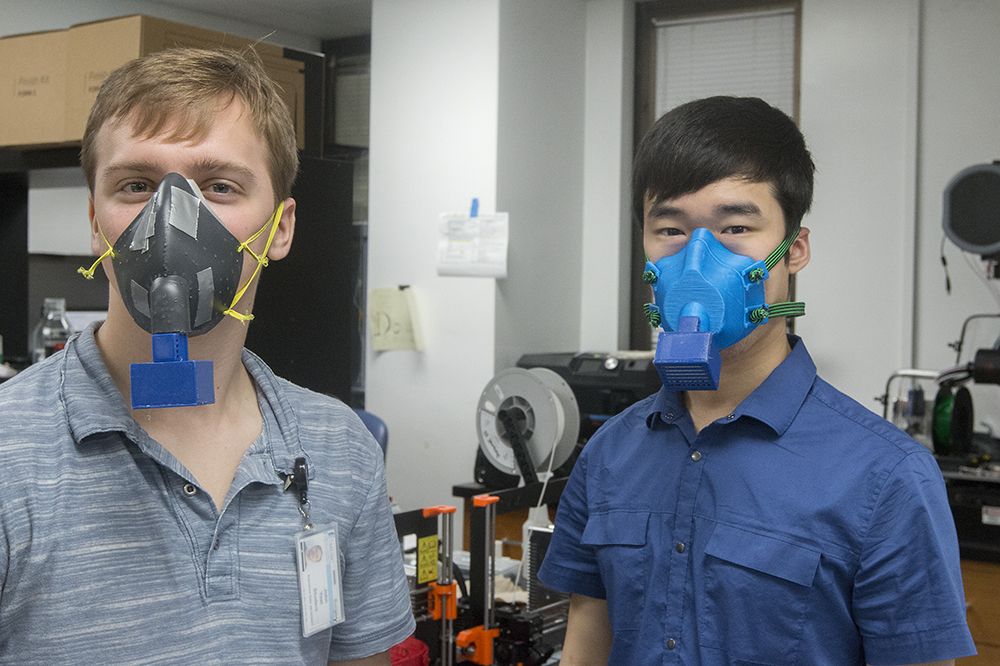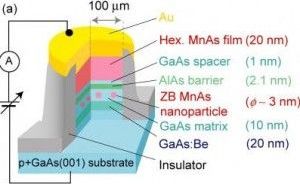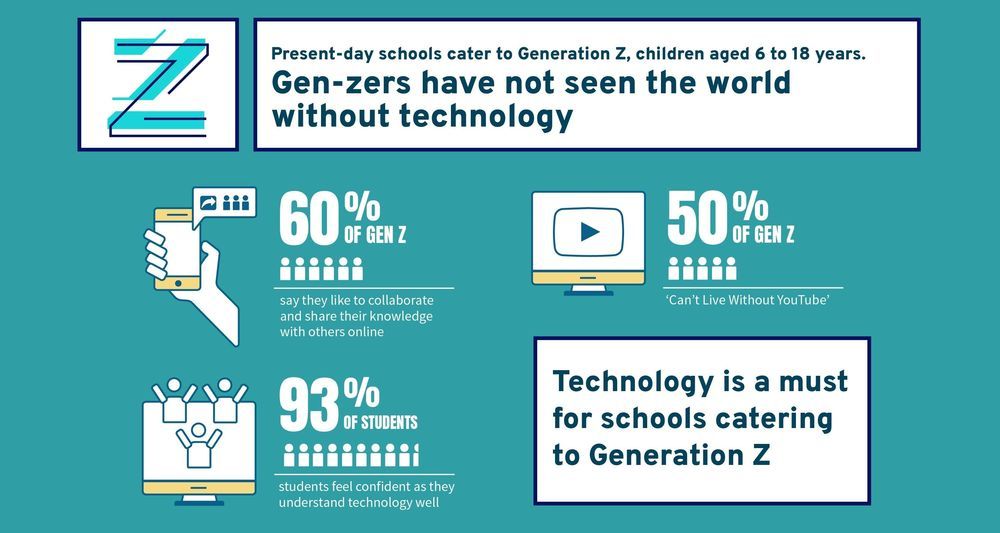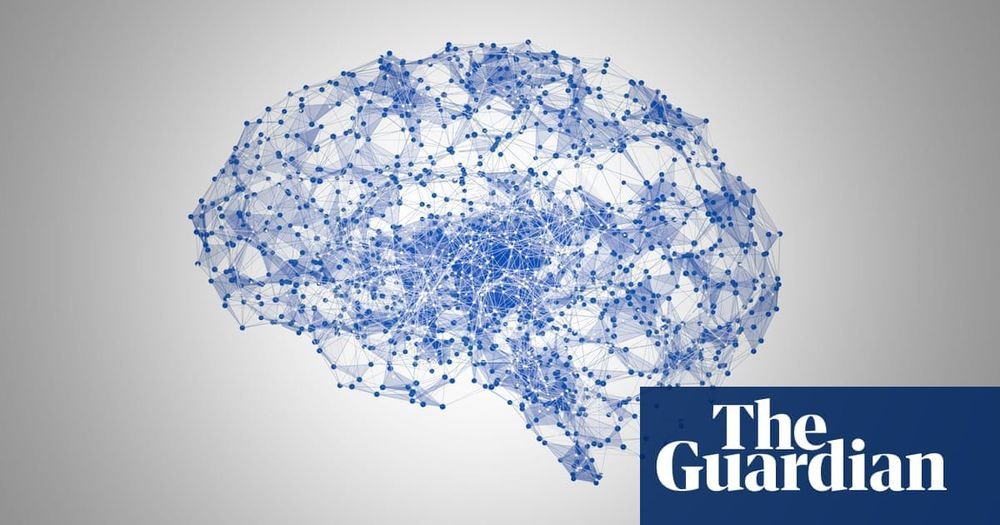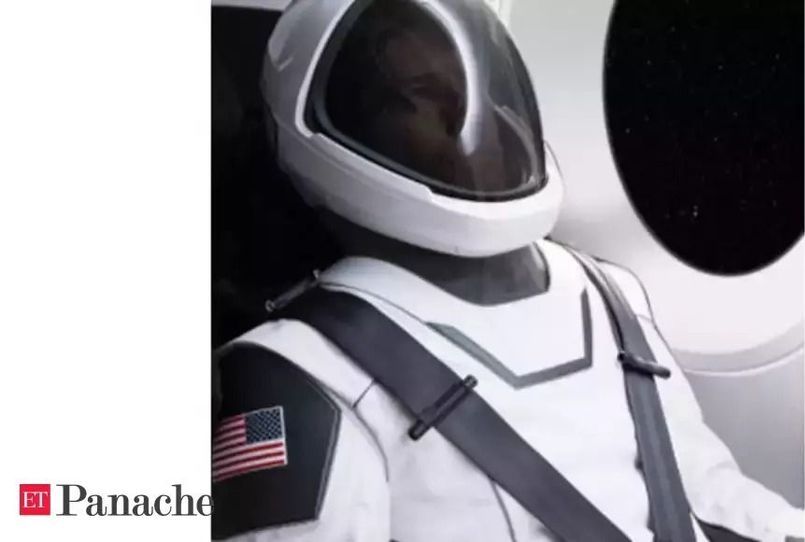UNSW material scientists have shed new light on a promising new way to store and process information in computers and electronic devices that could significantly cut down the energy required to maintain our digital lifestyles.
Skyrmions, which can be described as ‘whirl’ shaped magnetic textures at the nano-level, have in recent years been flagged as contenders for a more efficient way to store and process information. One of their advantages is that they possess a kind of built-in enhanced stability over time, making stored information non-volatile and ‘live’ longer. Up until now, information in computers is processed through dynamic memory, which is less stable and therefore requires more energy to maintain.
According to researchers from UNSW Science, who also collaborated with researchers from Brookhaven National Laboratory in the US and the University of Auckland, the potential of what they call “skyrmion lattice manipulation” to lower energy consumption in electronics is an attractive alternative.
